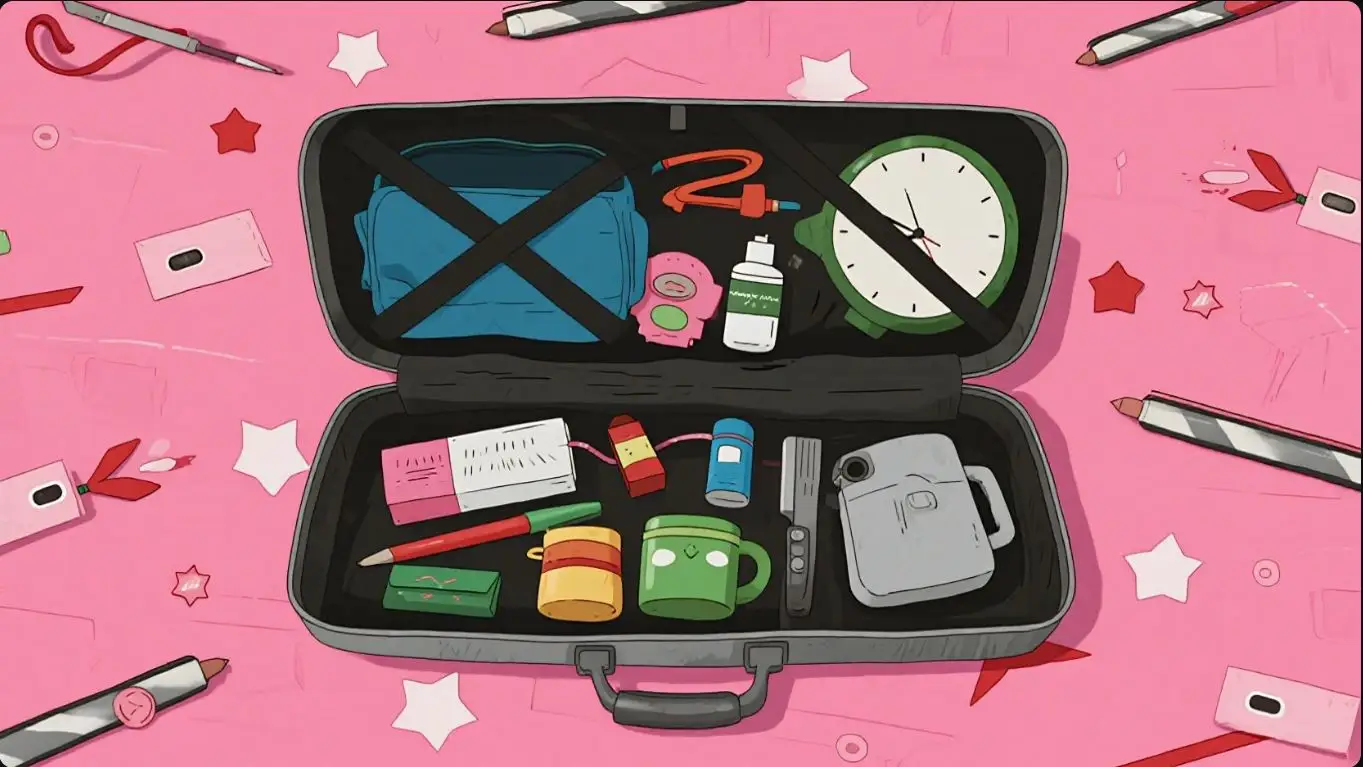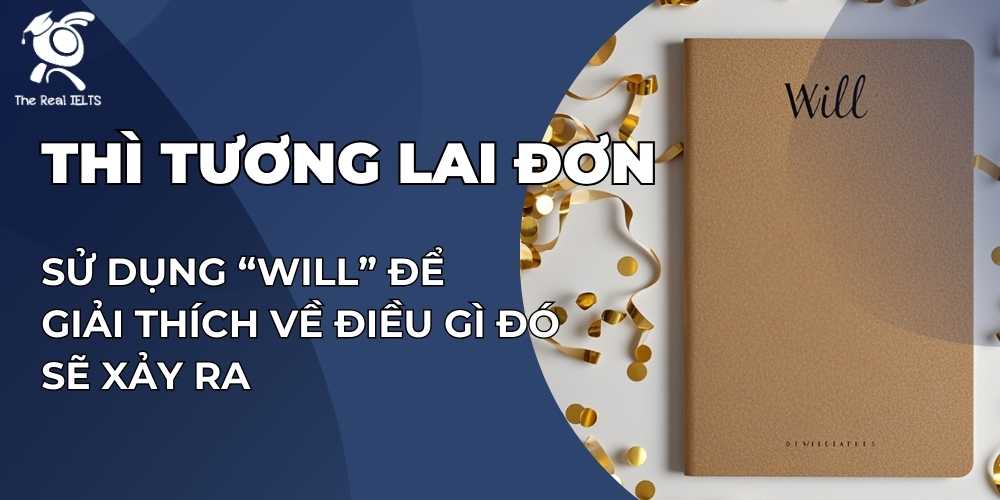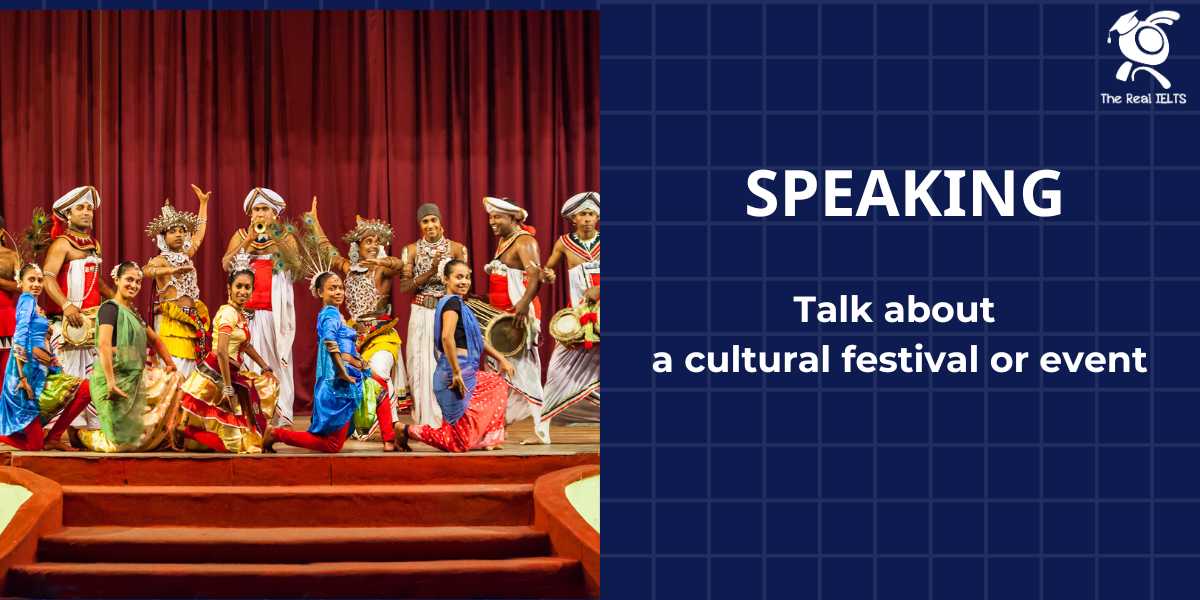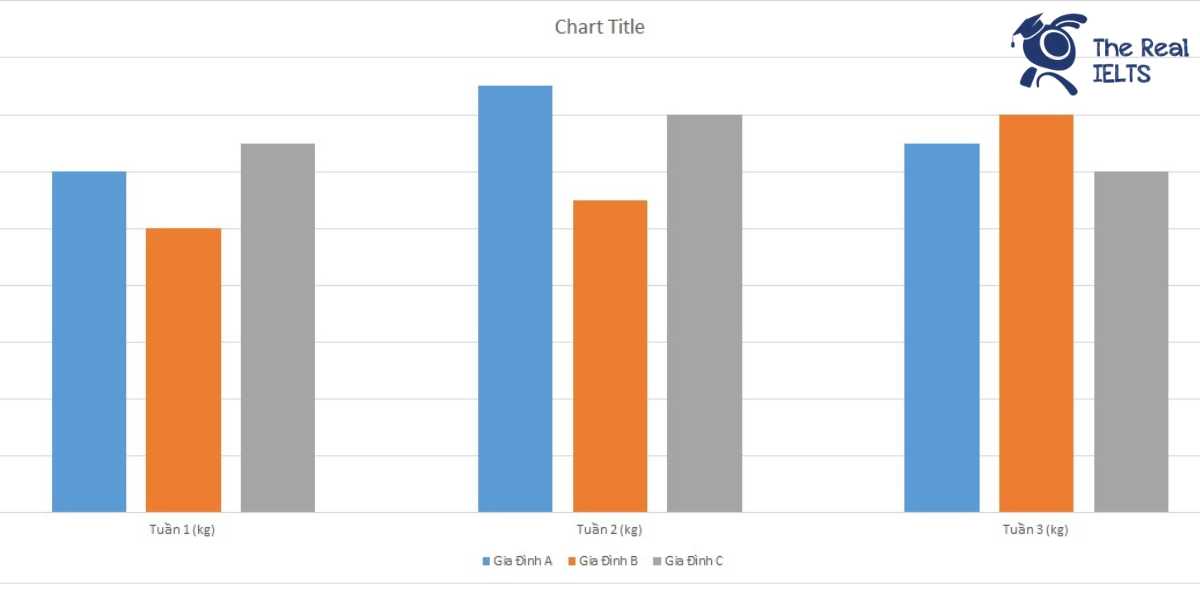Đề thi IELTS Reading có tiêu đề “The History and Impact of the Renaissance”
Nhớ đọc thêm các bài luyện thi IELTS nhé.
IELTS Reading “The History and Impact of the Renaissance“
The History and Impact of the Renaissance
The Renaissance, spanning roughly from the 14th to the 17th century, marked a pivotal period in European history characterized by a profound revival of art, culture, and intellectual pursuits. Originating in Italy, this cultural movement eventually spread throughout Europe, leaving an indelible mark on virtually every aspect of society. The Renaissance is often celebrated as a bridge between the Middle Ages and the modern era, representing a time when classical knowledge was rediscovered and reinterpreted, leading to significant developments in art, science, politics, and humanism.
The origins of the Renaissance can be traced back to the city-states of Italy, particularly Florence, where a wealthy and influential class of patrons, such as the Medici family, supported artists, architects, and scholars. The Medici, who ruled Florence for much of the Renaissance, played a crucial role in fostering an environment conducive to artistic and intellectual innovation. Their patronage allowed artists like Leonardo da Vinci, Michelangelo, and Botticelli to produce works that would define the era.
The Renaissance was characterized by a renewed interest in the classical antiquities of Greece and Rome. This revival of classical learning, known as humanism, emphasized the study of subjects such as literature, philosophy, history, and rhetoric, focusing on human potential and achievements. Humanist scholars sought to reconcile classical knowledge with Christian thought, leading to the development of a more secular outlook on life. This shift in perspective encouraged people to question traditional authority, particularly in matters of religion and governance.
One of the most significant impacts of the Renaissance was its influence on art. Renaissance art is renowned for its emphasis on realism, perspective, and the use of light and shadow to create depth. Artists of this period sought to capture the natural world in their work, portraying the human form with unprecedented accuracy and emotion. Leonardo da Vinci’s “Mona Lisa” and Michelangelo’s “David” are prime examples of this artistic revolution. These works not only exemplify the technical skill of their creators but also reflect the Renaissance ideals of beauty, harmony, and humanism.
The invention of the printing press by Johannes Gutenberg in the mid-15th century was another milestone of the Renaissance. The printing press revolutionized the dissemination of knowledge by making books more accessible and affordable. This technological advancement facilitated the spread of Renaissance ideas beyond Italy, reaching other parts of Europe and contributing to the development of the Reformation, the Scientific Revolution, and the Enlightenment. The increased availability of books allowed for a greater exchange of ideas, which in turn accelerated the pace of intellectual and cultural development during the period.
In addition to its artistic and intellectual contributions, the Renaissance also had a profound impact on the political landscape of Europe. The period saw the rise of powerful nation-states and the decline of feudalism, as monarchs and rulers sought to centralize their authority. The Renaissance also gave rise to new political theories, such as Niccolò Machiavelli’s “The Prince,” which offered a pragmatic approach to governance and statecraft. Machiavelli’s work, while controversial, reflected the growing emphasis on secularism and the practical realities of power, as opposed to the medieval focus on divine right and religious authority.
The scientific achievements of the Renaissance also cannot be overlooked. This period laid the groundwork for the Scientific Revolution, which would follow in the 17th century. Figures such as Copernicus, Galileo, and Kepler challenged the traditional geocentric view of the universe, proposing instead a heliocentric model that placed the Sun at the center of the solar system. These discoveries fundamentally altered humanity’s understanding of the cosmos and our place within it. The emphasis on observation, experimentation, and empirical evidence that characterized Renaissance science paved the way for modern scientific methods.
The Renaissance also had a lasting impact on literature, with the works of writers such as Dante, Petrarch, and Boccaccio in Italy, and later Shakespeare, Marlowe, and Milton in England, embodying the spirit of the age. These writers explored themes of individualism, human experience, and the complexities of the human condition, often drawing on classical sources for inspiration. Their works not only reflect the intellectual and cultural currents of the Renaissance but also continue to influence literature and thought to this day.
In conclusion, the Renaissance was a period of unparalleled cultural and intellectual achievement that profoundly shaped the course of Western history. Its emphasis on humanism, art, science, and the rediscovery of classical knowledge laid the foundations for the modern world. The impact of the Renaissance can be seen in the way we think, create, and govern, making it a pivotal chapter in the story of human civilization. The legacy of the Renaissance continues to inspire and inform contemporary culture, reminding us of the enduring power of creativity and the pursuit of knowledge.
Đề bài thi IELTS Reading
1. Multiple Choice Questions
- The Renaissance is considered a bridge between:
- A) The Medieval period and the Enlightenment
- B) The Medieval period and the modern era
- C) The Classical era and the modern era
- D) The Reformation and the Enlightenment
- Which family was a key patron of the Renaissance in Florence?
- A) The Borgia family
- B) The Sforza family
- C) The Medici family
- D) The Visconti family
- Humanism during the Renaissance emphasized:
- A) The study of theology
- B) The focus on human potential and achievements
- C) The rediscovery of medieval values
- D) The rejection of classical antiquity
- The invention of the printing press by Gutenberg led to:
- A) A decline in literacy rates
- B) The spread of Renaissance ideas across Europe
- C) The suppression of religious texts
- D) The end of the Renaissance
- Renaissance art is particularly known for:
- A) Abstract representations
- B) Emphasis on perspective and realism
- C) The use of vibrant, unnatural colors
- D) Depictions of everyday life
- Which of the following works is an example of Renaissance art?
- A) The Last Supper by Leonardo da Vinci
- B) The Birth of Venus by Botticelli
- C) The Scream by Edvard Munch
- D) Starry Night by Vincent van Gogh
- Niccolò Machiavelli’s “The Prince” is associated with:
- A) Religious doctrine
- B) Medieval chivalry
- C) Secular political theory
- D) Scientific discoveries
- Who among the following was not a key figure during the Renaissance?
- A) Copernicus
- B) Galileo
- C) Shakespeare
- D) Descartes
- The Renaissance had a significant impact on:
- A) The Industrial Revolution
- B) The Scientific Revolution
- C) The development of feudalism
- D) The decline of nation-states
- Renaissance literature often explored themes of:
- A) Divine intervention
- B) Human experience and individualism
- C) Nationalism and revolution
- D) Technological advancement
2. True/False/Not Given
- The Renaissance began in the 15th century.
- True
- False
- Not Given
- Florence was the only Italian city-state involved in the Renaissance.
- True
- False
- Not Given
- The printing press made books less expensive and more widely available.
- True
- False
- Not Given
- The Medici family were the only patrons of Renaissance art.
- True
- False
- Not Given
- Renaissance artists focused exclusively on religious themes.
- True
- False
- Not Given
- Machiavelli’s “The Prince” was primarily a guide on Christian governance.
- True
- False
- Not Given
- Renaissance humanism rejected all forms of religious belief.
- True
- False
- Not Given
- The Scientific Revolution followed directly after the Renaissance.
- True
- False
- Not Given
- Renaissance literature had no influence on modern literature.
- True
- False
- Not Given
- The Renaissance primarily took place in Northern Europe.
- True
- False
- Not Given
3. Yes/No/Not Given
- The author believes the Renaissance was a critical turning point in Western history.
- Yes
- No
- Not Given
- The author suggests that the Renaissance had a negative impact on religious authority.
- Yes
- No
- Not Given
- The author implies that without the Renaissance, modern science might not exist.
- Yes
- No
- Not Given
- The author believes that Renaissance art is overrated compared to other periods.
- Yes
- No
- Not Given
- The author thinks that the Renaissance’s influence is still felt in contemporary society.
- Yes
- No
- Not Given
4. Matching Information
- Match the following individuals with their contributions during the Renaissance:
- A) Leonardo da Vinci
- B) Niccolò Machiavelli
- C) Johannes Gutenberg
- D) Copernicus
i) Invention of the printing press
ii) Development of political theory
iii) Advances in art and anatomy
iv) Proposal of the heliocentric model
5. Matching Headings
- Match each paragraph with the correct heading:
- A) The Rise of Humanism
- B) The Role of the Medici Family
- C) Renaissance Art and its Innovations
- D) The Spread of Renaissance Ideas
i) Paragraph 1
ii) Paragraph 2
iii) Paragraph 3
iv) Paragraph 4
6. Matching Features
- Match the following features with the correct descriptions:
- A) Realism in Art
- B) The Printing Press
- C) The Medici Family
- D) Humanism
i) Focused on human potential and achievements
ii) Enabled widespread dissemination of knowledge
iii) Patronage of artists in Florence
iv) Emphasis on naturalism and perspective in painting
7. Matching Sentence Endings
- Complete each sentence with the correct ending:
- A) The Renaissance was a time when…
- B) Humanism encouraged people to…
- C) The printing press allowed for…
- D) Renaissance art is known for…
i) question traditional authorities.
ii) the rediscovery of classical knowledge.
iii) its use of light and shadow.
iv) the rapid spread of new ideas.
8. Sentence Completion
- The Renaissance is often seen as a transition from the __________ to the modern era.
- Humanism during the Renaissance placed emphasis on the study of __________.
- The Medici family were notable for their role as __________ of the arts in Florence.
- Renaissance art is characterized by its use of __________ to create depth.
- The invention of the __________ by Gutenberg had a profound impact on the spread of knowledge.
9. Summary Completion
Complete the summary with the correct words:
- The Renaissance began in the 14th century in __________, where city-states like Florence became centers of __________. The Medici family played a significant role by __________ artists and scholars. This period saw the revival of __________ knowledge and the rise of humanism, which emphasized the importance of __________ and human achievements.
10. Short Answer Questions
- In which city did the Renaissance primarily begin?
- Name one of the most influential families in Florence during the Renaissance.
- What key invention allowed Renaissance ideas to spread more widely?
- What does Renaissance art emphasize that distinguishes it from medieval art?
- Which Renaissance thinker wrote “The Prince”?
Đáp án bài thi IELTS Reading
1. Multiple Choice Questions
- False (The Renaissance began in the 14th century, not the 15th.)False (Florence was a primary center, but not the only one.)TrueFalse (The Medici were significant patrons but not the only ones.)False (Renaissance artists also focused on humanism and realism.)False (Machiavelli’s “The Prince” was not about Christian governance but about secular political theory.)False (Humanism reconciled classical knowledge with Christian thought, rather than rejecting religion.)TrueFalse (Renaissance literature continues to influence modern literature.)False (The Renaissance primarily began in Southern Europe, particularly Italy.)
3. Yes/No/Not Given
- YesYesYesNot Given (The text does not express an opinion that Renaissance art is overrated.)Yes
4. Matching Information
- A) Leonardo da Vinci – iii) Advances in art and anatomyB) Niccolò Machiavelli – ii) Development of political theoryC) Johannes Gutenberg – i) Invention of the printing pressD) Copernicus – iv) Proposal of the heliocentric model 5. Matching Headings
- i) Paragraph 1 – A) The Rise of Humanismii) Paragraph 2 – B) The Role of the Medici Familyiii) Paragraph 3 – C) Renaissance Art and its Innovationsiv) Paragraph 4 – D) The Spread of Renaissance Ideas 6. Matching Features
- A) Realism in Art – iv) Emphasis on naturalism and perspective in paintingB) The Printing Press – ii) Enabled widespread dissemination of knowledgeC) The Medici Family – iii) Patronage of artists in FlorenceD) Humanism – i) Focused on human potential and achievements 7. Matching Sentence Endings
- A) The Renaissance was a time when… – ii) the rediscovery of classical knowledge.B) Humanism encouraged people to… – i) question traditional authorities.C) The printing press allowed for… – iv) the rapid spread of new ideas.D) Renaissance art is known for… – iii) its use of light and shadow. 8. Sentence Completion
- Medieval periodClassical antiquitiesPatronsPerspectivePrinting press
9. Summary Completion
- Italy, cultural revival, patronizing, classical, individualism
10. Short Answer Questions
- FlorenceThe Medici familyThe printing pressPerspective and realismNiccolò Machiavelli
Luyện tập bài khác ở bài viết:”100 bài luyện IELTS Reading 2024 – 2025“















